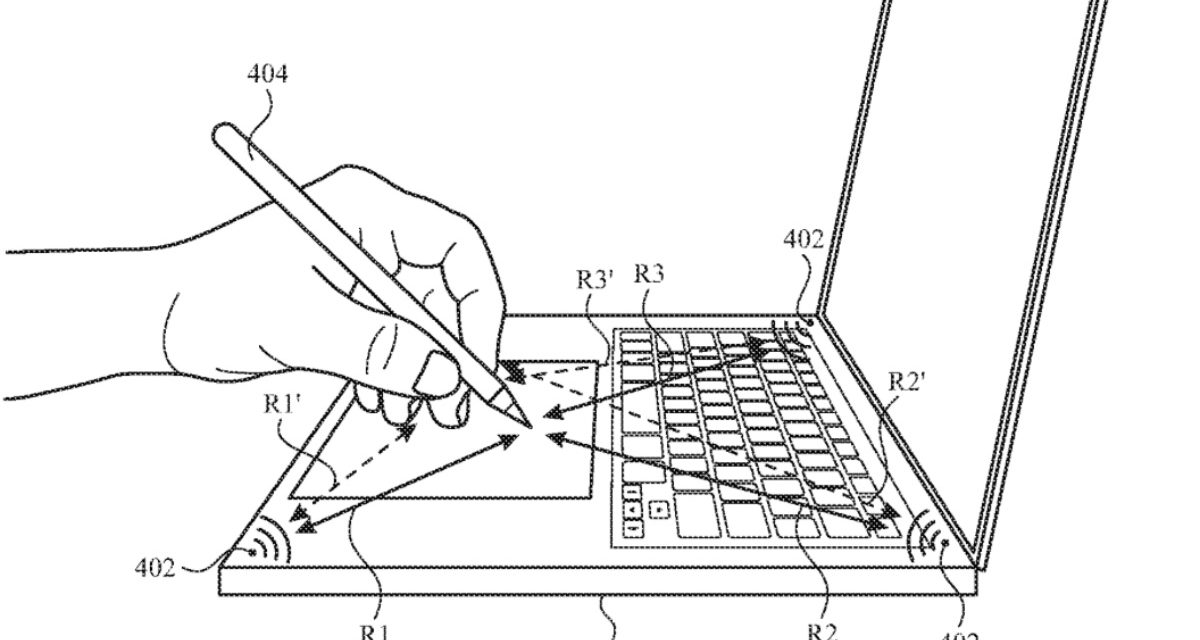Future iPads, iPhones, and even Macs may track the movements of your Apple Pencil with radar. Apple has been granted a patent (number US 11946996 B2) for “Ultra-accurate Object Tracking Using Radar In Multi-object Environment.”
About the patent
The patent relates generally to object sensing systems, and more particularly, to detecting and tracking one or more objects such as styluses using radar. Many types of input devices are presently available for performing operations in a computing system, such as buttons or keys, mice, trackballs, joysticks, touch sensor panels, touch screens and the like.
However, Apple says that proximity sensing systems (systems that can detect both touching and hovering objects) often require an array of sensors across a large surface area to enable object detection, and when proximity sensing arrays are placed over displays, image quality of the display can suffer. What’s more, the object detection range of proximity sensing systems is often limited, and the position and motion sensing resolution of these systems is often limited by the number and size of sensing elements in the array.
Apple says that because of these limitations, alternative systems such as ultrasonic sensing systems and radar sensing systems have been developed that use triangulation to detect objects. However, when the object (e.g., a stylus) requires very accurate position detection with sub-millimeter accuracy, for example, even these systems can suffer from inadequate position detection accuracy. Apple wants to overcome such limitations.
Summary of the patent
Here’s Apple’s (relatively technical) abstract of the patent: “Accuracy for detecting and tracking one or more objects of interest can be improved using radar-based tracking systems. In some examples, multiple radars implemented in a device can be used to transmit signals to, and receive signals from, the one or more objects of interest.
“To disambiguate an object of interest from undesired objects such as the hand of a user, the object of interest can include a transponder that applies a delay element to a signal received from a radar, and thereafter transmits a delayed return signal back to the radar. The delay produced by the delay element can separate the return signal from undesired reflections and enable disambiguation of those signals. Clear identification of the desired return signal can lead to more accurate object distance determinations, more accurate triangulation, and improved position detection and tracking accuracy.”
Article provided with permission from AppleWorld.Today




